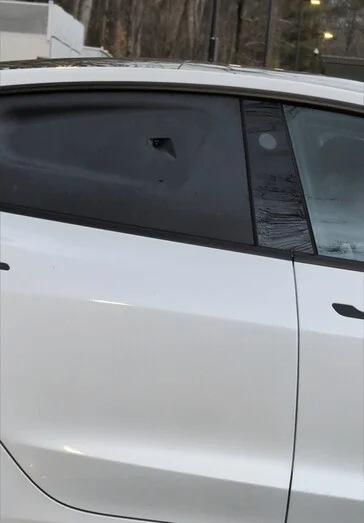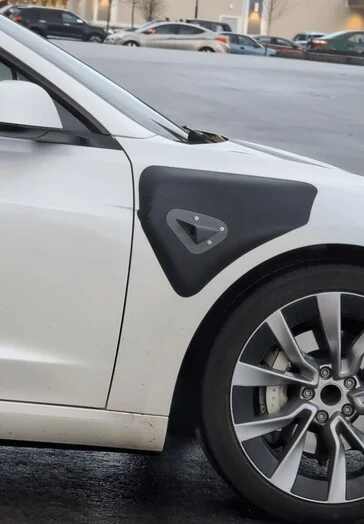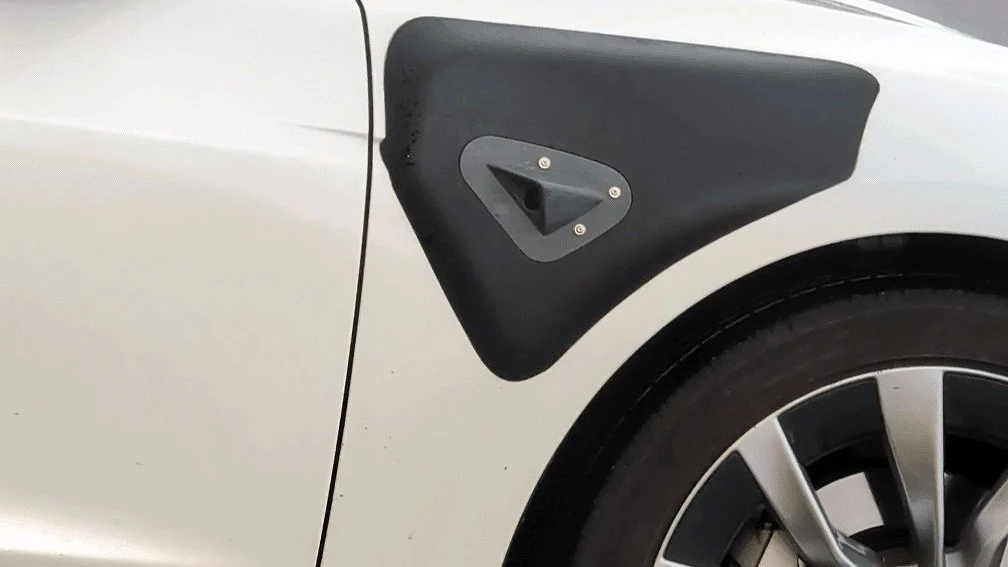Key Takeaways
1. Tesla is using a standard Model 3 equipped with the Cybercab’s Full Self-Driving (FSD) kit to gather driving data in challenging weather conditions.
2. New camera arrangements on the Model 3 mirror those planned for the Cybercab, suggesting a focus on collecting relevant data for autonomous driving.
3. Tesla is preparing for an unsupervised FSD pilot program in Austin, Texas, as part of their efforts to promote safe electric transport.
4. Securing permits for the Cybercab will be more challenging than for the Model 3 or Model Y, which still have traditional controls.
5. The testing of the Model 3 may help demonstrate safety and readiness to regulators ahead of the Cybercab’s mass production goal in 2026.
Since Tesla can’t really train the Cybercab for every situation and event that occurs on the streets during bad weather before it gets the required permits, they are trying something else.
Innovative Approach
They have seemingly equipped a standard Tesla, which has pedals and a steering wheel, to drive around on public roads with the Cybercab’s Full Self-Driving (FSD) kit. A Model 3 was spotted with unusual HW4 camera positions way up in Concord, New Hampshire, suggesting that Tesla might be collecting driving data in tough weather conditions, similar to what the Cybercab would face.
New Camera Arrangements
The new cameras include one oddly positioned in the rear window, exactly where the side camera of Tesla’s two-seater robotaxi is located. There’s also another one attached to the fender with some additional fittings, again in the same spot and angle as seen on the Cybercab.
Recently, Tesla shared a thank you message to the Texas Department of Transportation, featuring a city official inside a Cybercab. The message read, “Thanks to Austin City & Texas DOT for hosting & supporting our efforts to unlock safe & low-cost premium point-to-point electric transport,” likely pointing to the unsupervised FSD pilot program they plan to start in the city in June.
Challenges Ahead
Obtaining a permit for the Cybercab to operate on public roads is expected to be much more difficult for Tesla than launching unsupervised FSD for its Model 3 or Model Y that come with pedals and a steering wheel.
This could be the reason behind retrofitting the Cybercab’s HW4 kit onto a Model 3, using it as a testing vehicle to see how the autonomous robotaxi performs outside the controlled environments of the Gigafactory where it has been tested so far.
Tesla aims to start mass production of the Cybercab by 2026, and it needs to showcase its safety records and road readiness to regulators before that. Thus, utilizing this Model 3 test vehicle may be a clever strategy to accelerate the approval process for their first car without pedals.
Source:
Link




Leave a Reply